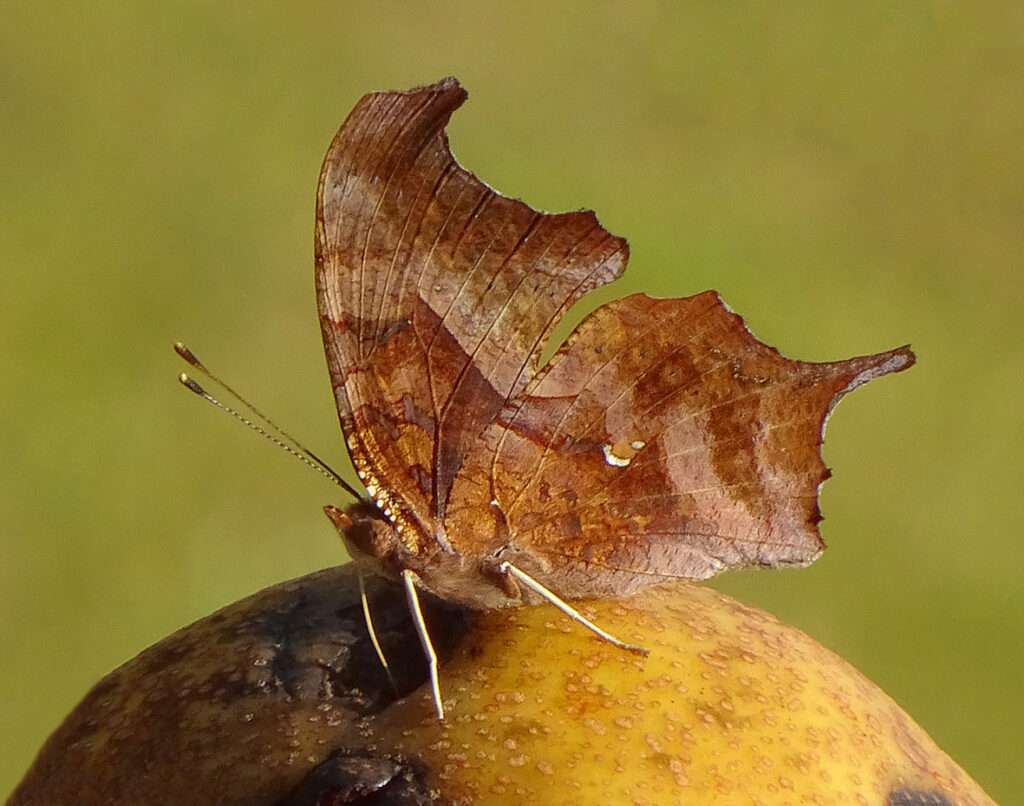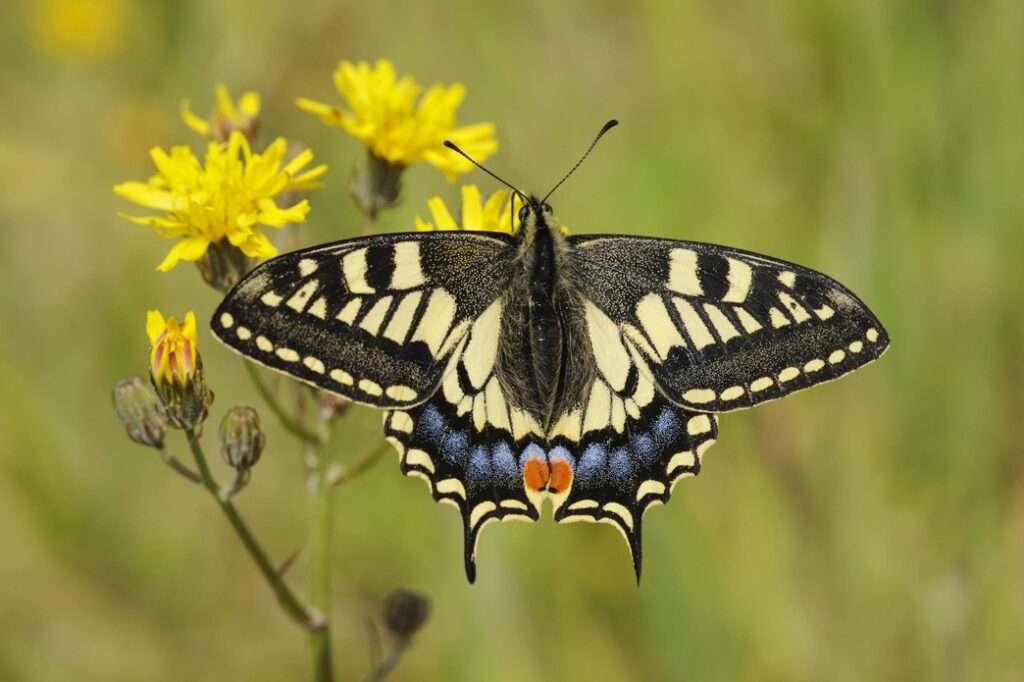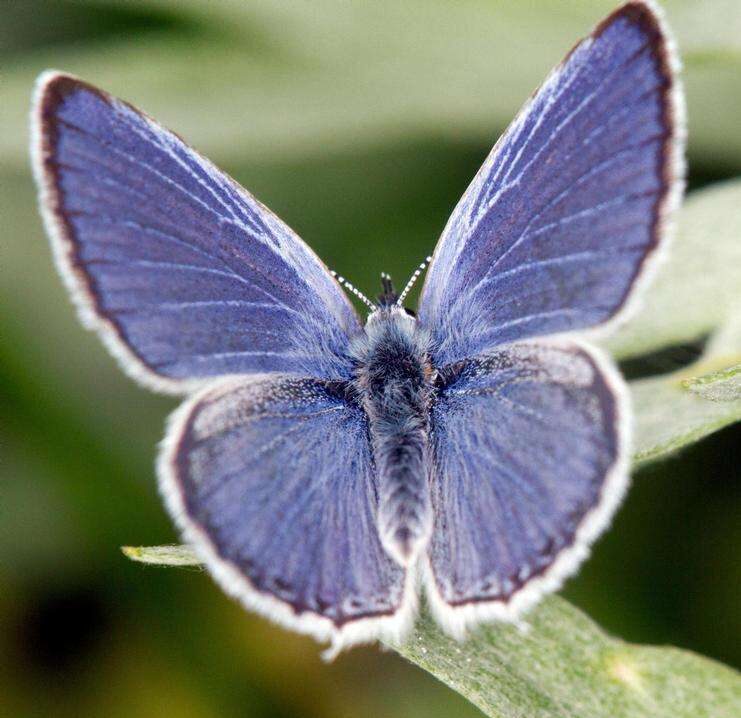
A North American nymphalid butterfly, Polygonia interrogationis is also known as the question mark butterfly. It typically inhabits regions with a mix of trees and open space, such as city parks and woodland areas.
Amazing Facts
- This species belongs to the same genus as the comma butterfly, another butterfly with a name made up of punctuation.
- The mature pupa is reputed to adopt the hues of its surroundings, providing it with excellent camouflage.
- To pupate, question mark butterflies connect in a J shape. They use pink silk. The caterpillar pupates into a brown chrysalis with metallic markings the following day. Question Mark butterflies frequently consume fruit that has gone bad.
Appearance
The wingspan of question-mark butterflies ranges from 5.2 to 6.4 cm. Their wings are dark black at the bases and bright orange at the top. Black-brown specks of various sizes and shapes are dispersed throughout the orange part. Their wings have a camouflage pattern on the underside that is brown, tan, nearly black, and slightly iridescent. The wings’ edges have a rough, unruly appearance.
Question mark butterflies have a hook on their forewing. Their wings have black dots on the upper side of a reddish-orange tint. The forewing’s underside is a tannish, light brown color. An iridescent white question mark can be seen in the center of the underside of the hindwing. The summer type’s upper side hindwing is primarily black and has a short tail. The winter type’s upper side hindwing has an orange tint and a longer tail with a violet tip. The two sexes are comparable.

Diet
Butterflies with question marks eat decaying fruit, tree sap, manure, and carrion when they can. Question mark butterflies only visit flowers like common milkweed, aster, and sweet pepperbush when these foods are not available. Woody and non-woody plants are consumed by larvae.
Predators
Butterflies with question marks are preyed upon by insects and birds. Question marks are cryptid. Their wings’ undersides are camouflaged and resemble fallen leaves. They can hide from predators in this way.
Habitat
The eastern United States and Canada are home to Polygonia interrogationis, sometimes known as question mark butterflies. Question-mark butterflies favor green spaces with some open space, like riparian forests, city parks, suburbia, and farming grounds. In damp places, question marks are frequently seen. Semi-migratory in nature, some members of this species migrate south to spend the winter.
Why not keep it as a pet?
The question mark butterfly’s brief lifespan precludes its use as a pet. These butterflies only live for a short time. They would not make good pets because they are migratory. It would be best if you allowed them to remain in the wilderness on their own.
Table





